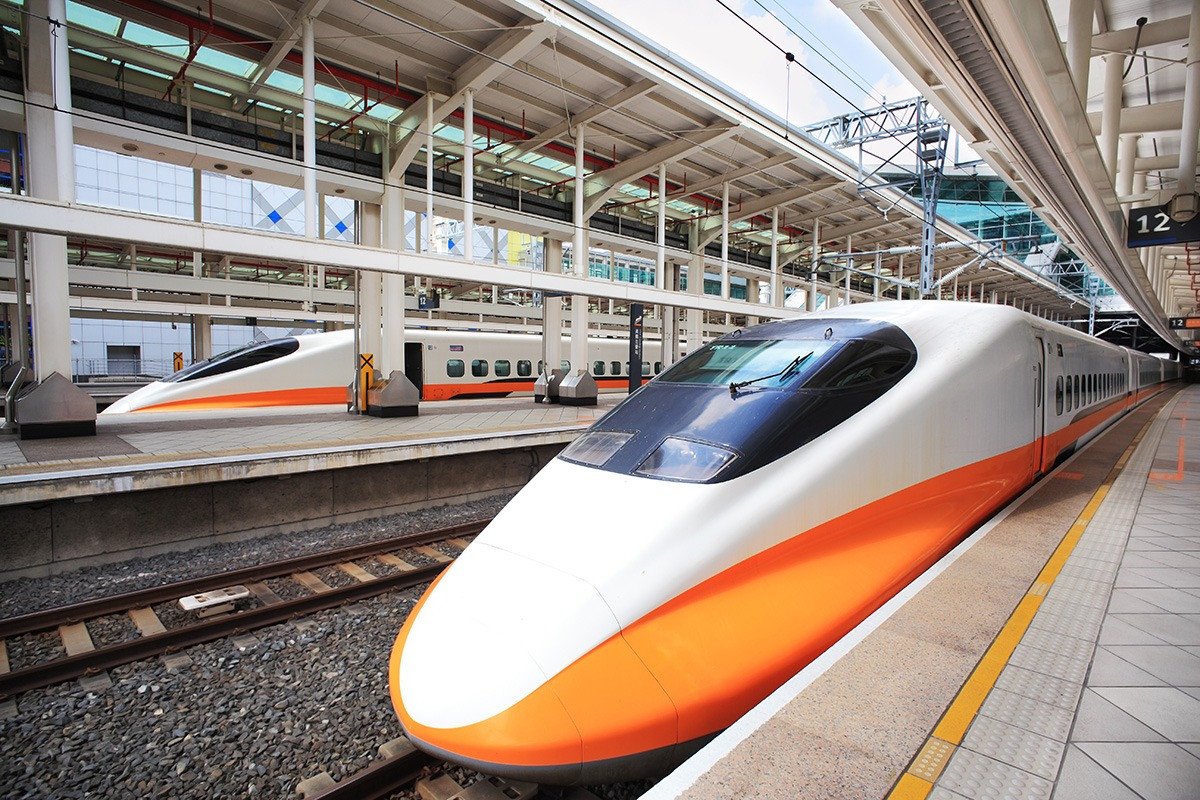
The Ministry of Transport has provided updates on the investment plan for the North-South high-speed railway project.
Foreign loans come with conditions
Deputy Minister of Transport, Nguyen Danh Huy, described this project as unprecedented in its scale and importance. It has been the focus of the Party and the State, with research on the project spanning 18 years, starting in 2006.
According to Deputy Minister Huy, the project faces three main challenges: securing resources, determining the appropriate speed, and deciding on its function - whether it will serve only passengers or both passengers and cargo.
“Any foreign loan would come with binding conditions,” said Deputy Minister Huy when asked about the possibility of foreign funding. However, he emphasized that under the Public Investment Law, the project will use 100% state budget funds.
Huy further explained that state budget sources under the Law on the State Budget include surpluses or, in cases of shortfall, domestic bond issuances (either government or foreign bonds).
“With a commitment to independence and self-reliance, the Politburo has decided that we will not depend on foreign capital, as borrowing from any country will inevitably involve certain conditions,” Huy stated.
He emphasized that the government will prioritize domestic capital mobilization and may issue domestic bonds to fund the project. In the event that foreign loans are needed, they must come with favorable terms, limited restrictions, and the crucial condition of technology transfer to Vietnam.
Regarding concerns that the high-speed railway may compete directly with the aviation industry for passenger transport, Deputy Minister Huy noted that current short-distance domestic flights (under 500 km) are often unprofitable, with airlines relying on long-haul flights to subsidize these routes.
Rebalancing Vietnam's transport market
For passenger transport, road transport is most effective for short distances (below 150 km), while high-speed rail dominates medium distances (150-800 km). Aviation, along with some high-speed rail services, will cover longer distances (over 800 km), he explained.
Huy assured that the high-speed railway will complement, not replace, air transport, helping to restructure Vietnam's transport market in a more sustainable manner.
“The high-speed railway will not diminish the role of aviation. Instead, the two modes of transport will support each other,” he said.
Total investment over $67 billion, fund allocation across 12 years
The proposed North-South high-speed railway will have a design speed of 350 km/h, spanning approximately 1,541 km with a dual-track, 1,435 mm standard gauge, and electrified system.
The route will start at Ngoc Hoi Station in Hanoi and pass through 20 provinces and cities before terminating at Thu Thiem Station in Ho Chi Minh City. It will connect two of Vietnam’s largest urban areas, each with a population of around 10 million, and 17 other cities with populations exceeding 500,000.
The project will include 23 passenger stations spaced 50-70 km apart and five freight stations to support logistics and national defense when needed.
The total project cost is estimated at over $67 billion, with funding drawn from the state budget over 12 years. The average annual capital allocation will be approximately $5.6 billion.
Two investment phases considered
Two investment options have been considered. The first proposes completing the entire line by 2035, with construction on the Hanoi-Vinh and Nha Trang-Ho Chi Minh City sections starting in 2027 and the Vinh-Nha Trang section beginning in 2028.
The second option divides the project into two phases, aiming for completion of the entire route by 2040. In this scenario, the Hanoi-Vinh and Nha Trang-Ho Chi Minh City sections would begin construction in 2027 and be completed by 2030, with the Vinh-Nha Trang section beginning in 2030 and finishing by 2040.
According to the Ministry of Transport, the first option is more advantageous as it would attract passengers for all sections of the route once operational.
N. Huyen